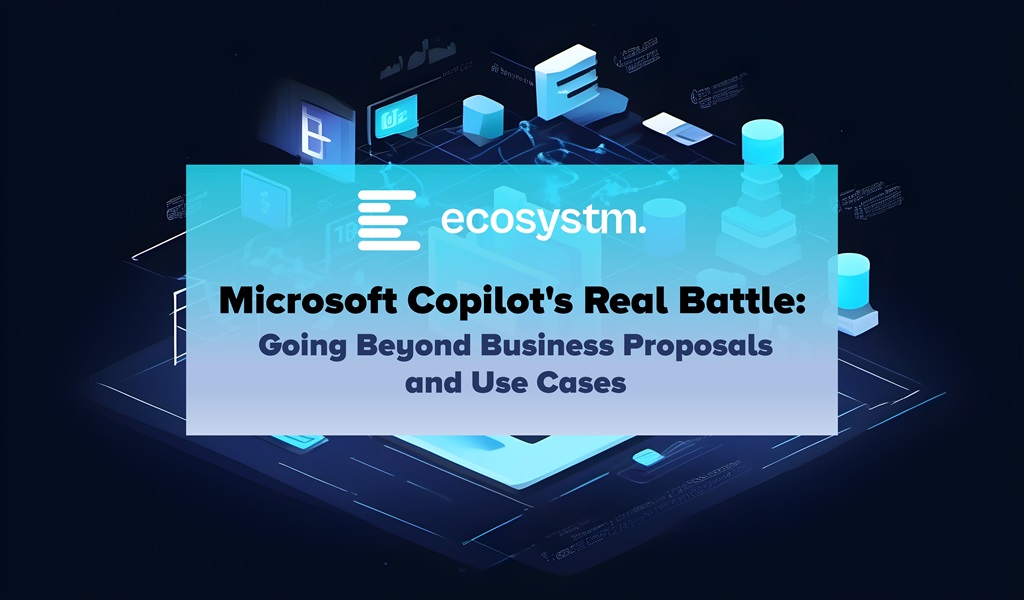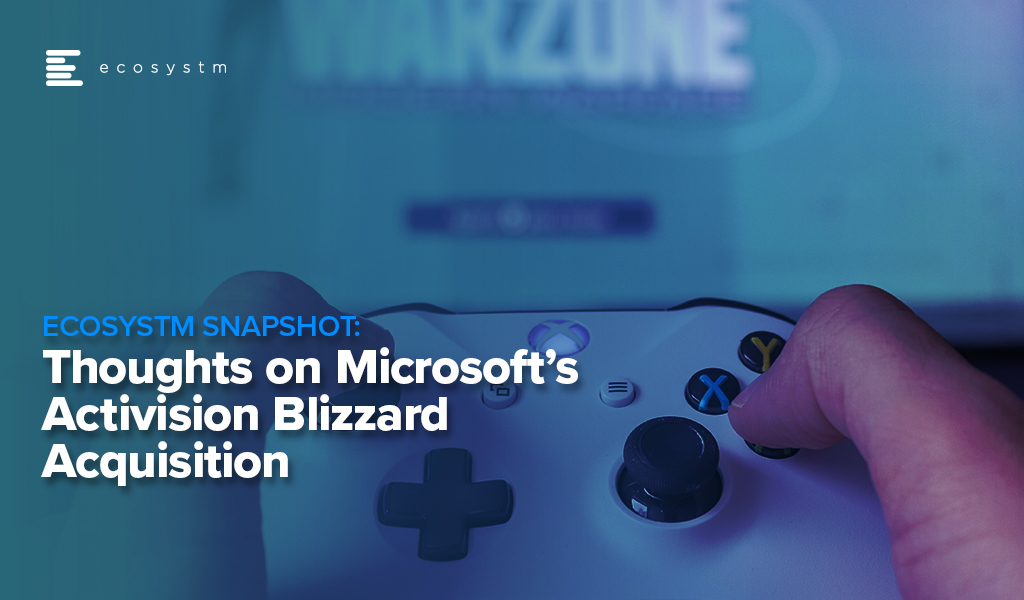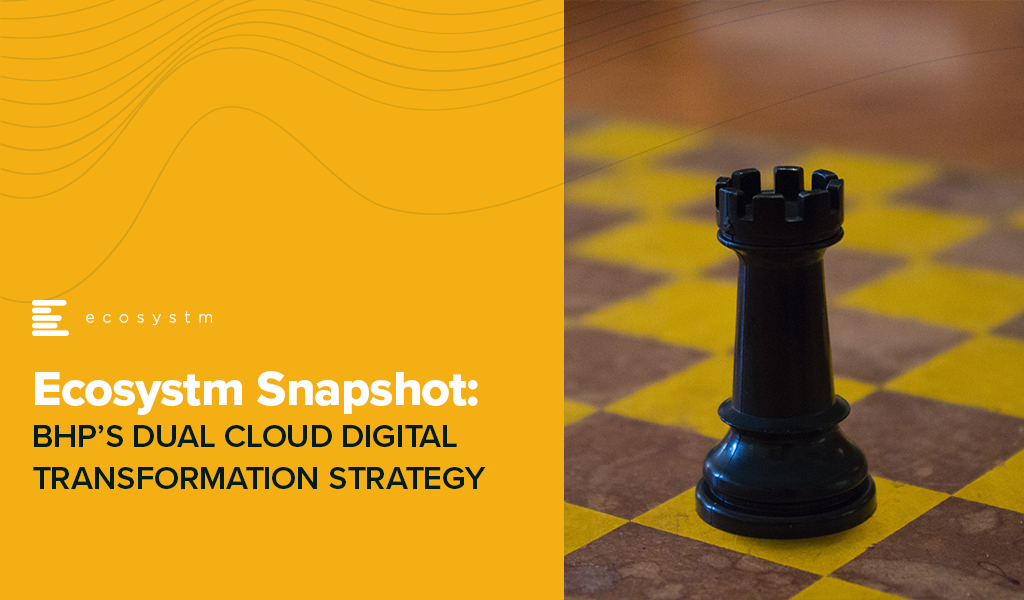Earlier in the year, Microsoft unveiled its vision for Copilot, a digital companion that aims to provide a unified user experience across Bing, Edge, Microsoft 365, and Windows. This vision includes a consistent user experience. The rollout began with Windows in September and expanded to Microsoft 365 Copilot for enterprise customers this month.
Many organisations across Asia Pacific will soon face the question on whether to invest in Microsoft 365 Copilot – despite its current limitations in supporting all regional languages. Copilot is currently supported in English (US, GB, AU, CA, IN), Japanese, and Chinese Simplified. Microsoft plans to support more languages such as Arabic, Chinese Traditional, Korean and Thai over the first half of 2024. There are still several languages used across Asia Pacific that will not be supported until at least the second half of 2024 or later.
Access to Microsoft 365 Copilot comes with certain prerequisites. Organisations need to have either a Microsoft 365 E3 or E5 license and an Azure Active Directory account. F3 licenses do not currently have access to 365 Copilot. For E3 license holders the cost per user for adding Copilot would nearly double – so it is a significant extra spend and will need to deliver measurable and tangible benefits and a strong business case. It is doubtful whether most organisations will be able to justify this extra spend.
However, Copilot has the potential to significantly enhance the productivity of knowledge workers, saving them many hours each week, with hundreds of use cases already emerging for different industries and user profiles. Microsoft is offering a plethora of information on how to best adopt, deploy, and use Copilot. The key focus when building a business case should revolve around how knowledge workers will use this extra time.
Maximising Copilot Integration: Steps to Drive Adoption and Enhance Productivity
Identifying use cases, building the business proposal, and securing funding for Copilot is only half the battle. Driving the change and ensuring all relevant employees use the new processes will be significantly harder. Consider how employees currently use their productivity tools compared to 15 years ago, with many still relying on the same features and capabilities in their Office suites as they did in earlier versions. In cases where new features were embraced, it typically occurred because knowledge workers didn’t have to make any additional efforts to incorporate them, such as the auto-type ahead functions in email or the seamless integration of Teams calls.
The ability of your organisation to seamlessly integrate Copilot into daily workflows, optimising productivity and efficiency while harnessing AI-generated data and insights for decision-making will be of paramount importance. It will be equally important to be watchful to mitigate potential risks associated with an over-reliance on AI without sufficient oversight.
Implementing Copilot will require some essential steps:
- Training and onboarding. Provide comprehensive training to employees on how to use Copilot’s features within Microsoft 365 applications.
- Integration into daily tasks. Encourage employees to use Copilot for drafting emails, documents, and generating meeting notes to familiarise them with its capabilities.
- Customisation. Tailor Copilot’s settings and suggestions to align with company-specific needs and workflows.
- Automation. Create bots, templates, integrations, and other automation functions for multiple use cases. For example, when users first log onto their PC, they could get a summary of missed emails, chats – without the need to request it.
- Feedback loop. Implement a feedback mechanism to monitor how Copilot is used and to make adjustments based on user experiences.
- Evaluating effectiveness. Gauge how Copilot’s features are enhancing productivity regularly and adjust usage strategies accordingly. Focus on the increased productivity – what knowledge workers now achieve with the time made available by Copilot.
Changing the behaviours of knowledge workers can be challenging – particularly for basic processes that they have been using for years or even decades. Knowledge of use cases and opportunities for Copilot will not just filter across the organisation. Implementing formal training and educational programs and backing them up with refresher courses is important to ensure compliance and productivity gains.

Microsoft announced their intentions to acquire Activision Blizzard for USD 68.7 billion, creating quite a buzz in the Gaming and tech industry. The acquisition is set to be completed in 2023 and according to Microsoft is well set to fuel “growth in Microsoft’s gaming business across mobile, PC, console and cloud and will provide building blocks for the metaverse.”
There have been a few animated discussions at Ecosystm on Microsoft’s potential monopoly in the Gaming industry, whether it is aligned to their ‘Metaverse plans’ and the challenges that Microsoft is likely to face with the acquisition. Here is what our experts have to say.
Impact on the Gaming Industry

Activision Blizzard is the publisher of some of the most popular games around – loved by both hardcore and casual gamers. The acquisition of franchises such as Call of Duty, Overwatch, Warcraft and Diablo – as well as mobile games like Candy Crush and Hearthstone – demonstrates Microsoft’s commitment to what is now the largest medium of entertainment.
Microsoft is clearly focusing on growing their software revenue. But most importantly, they will be able to integrate these popular titles within Game Pass. This allows them to compete more actively with Steam and Epic Games Store but as a subscription-based model. The Game Pass model has proven extremely popular with gamers (with approximately 25 million gamers spending USD 10 per month to subscribe to the service), so this will continue to bolster their market position and increase users and revenue.
The latest Xbox Series X/S are the fastest-selling Xboxes ever – even with chip shortages and logistics challenges. The majority of Microsoft’s gaming revenue comes from hardware now. This acquisition will inevitably drive hardware growth, as well as increase gaming software revenue from both a subscription on Game Pass as well as outright purchases.
Microsoft’s Bigger Play

Microsoft made a great start by acquiring key titles like Doom in 2020. The go-to-market strategy through subscriptions and gaming as a cloud service is well managed. Last year when Microsoft relaunched Flight Simulator, the Ecosystm review spoke of how Microsoft wanted to be the “Netflix of Gaming”. They just fired another big shot in that battle by announcing their intention to acquire Activision. With a USD 69 billion price tag, it is probably more of a ballistic missile than a shot!
There has been a lot of conversation (including at Ecosystm!) on how this acquisition makes sense. Microsoft’s revenue from gaming sales is said to be USD 11.5 billion on an annualised basis – and Activision’s revenue is estimated to be USD 7.7 billion. The combination will obviously be huge, but is it worth so much? It is!
The reason for that is today’s leading buzzword – the Metaverse. As people live more of their lives in an online world and interact more with their peers online, being a leader in that “universe” is the key to the future. The Metaverse occupies the spaces of work, play and socialisation which have all gone increasingly virtual.
For Microsoft, this really translates into how relevant their cloud is to the Metaverse. This is a world where one can play using Game Pass, work on Office 365 and store everything on OneDrive. This pervasiveness is key to Microsoft’s consumer strategy. On the enterprise side, they have a dominant share, especially with Office 365. This will see them gaining strength in the consumer business.
Challenges for Microsoft

What a bargain for Microsoft! When Microsoft made the USD 95 per share offer this week Activision’s market value was about USD 51 billion. While the premium that they are offering was almost 50% of the share market close on the previous trading day, they are getting market-leading content for about 10% less than what Activision was worth in February 2021. A year in which the pandemic continued to increase demand for online gaming.
However, this leaves Microsoft with three significant challenges.
First, they have to get regulatory approval in the different markets in which the two companies operate. Microsoft has advised they expect the deal to close in late 2023, so it looks like they are expecting some interesting discussions over the next few months. This acquisition is a significant consolidation of the Gaming market, so regulators will look at the deal closely.
In addition, regulators will also look closely at the privacy implications, with Microsoft gaining access to millions of gamers’ personal details to add to the personal information they already hold from their other divisions.
Second, they have the challenge of addressing the sexual harassment issues that caused the drop in Activision’s market value. There are court settlements under appeal, and reports talk about 40 people leaving Activision since July. Integrating the large teams into Microsoft will need careful attention.
Third, retaining the talent in Activision may be a challenge for Microsoft as I would expect their competition to be actively approaching Activision’s key creatives.
Unless these challenges are handled well, the company they bid on may not be the company they acquire.
BHP – the multinational mining giant – has signed agreements with AWS and Microsoft Azure as their long-term cloud providers to support their digital transformation journey. This move is expected to accelerate BHP’s cloud journey, helping them deploy and scale their digital operations to the workforce quickly while reducing the need for on-premises infrastructure.
Ecosystm research has consistently shown that many large organisations are using the learnings from how the COVID-19 pandemic impacted their business to re-evaluate their Digital Transformation strategy – leveraging next generation cloud, machine learning and data analytics capabilities.
BHP’s Dual Cloud Strategy
BHP is set to use AWS’s analytics, machine learning, storage and compute platform to deploy digital services and improve operational performance. They will also launch an AWS Cloud Academy Program to train and upskill their employees on AWS cloud skills – joining other Australian companies supporting their digital workforce by forming cloud guilds such as National Australia Bank, Telstra and Kmart Group.
Meanwhile, BHP will use Microsoft’s Azure cloud platform to host their global applications portfolio including SAP S/4 HANA environment. This is expected to enable BHP to reduce their reliance on regional data centres and leverage Microsoft’s cloud environment, licenses and SAP applications. The deal extends their existing relationship with Microsoft where BHP is using Office 365, Dynamics 365 and HoloLens 2 platforms to support their productivity and remote operations.
Ecosystm principal Advisor, Alan Hesketh says, “This dual sourcing is likely to achieve cost benefits for BHP from a competitive negotiation stand-point, and positions BHP well to negotiate further improvements in the future. With their scale, BHP has negotiating power that most cloud service customers cannot achieve – although an effective competitive process is likely to offer tech buyers some improvements in pricing.”

Can this Strategy Work for You?
Hesketh thinks that the split between Microsoft for Operations and AWS for Analytics will provide some interesting challenges for BHP. “It is likely that high volumes of data will need to be moved between the two platforms, particularly from Operations to Analytics and AI. The trend is to run time-critical analytics directly from the operational systems using the power of in-memory databases and the scalable cloud platform.”
“As BHP states, using the cloud reduces the need to put hardware on-premises, and allows the faster deployment of digital innovations from these cloud platforms. While achieving technical and cost improvements in their Operations and Analytics domains, it may compromise the user experience (UX). The UX delivered by the two clouds is quite different – so delivering an integrated experience is likely to require an additional layer that is capable of delivering a consistent UX. BHP already has a strong network infrastructure in place, so they are likely to achieve this within their existing platforms. If there is a need to build this UX layer, it is likely to reduce the speed of deployment that BHP is targeting with the dual cloud procurement approach.”
Many businesses that have previously preferred a single cloud vendor will find that they will increasingly evaluate multiple cloud environments, in the future. The adoption of modern development environments and architectures such as containers, microservices, open-source, and DevOps will help them run their applications and processes on the most suitable cloud option.
While this strategy may well work for BHP, Hesketh adds, “Tech buyers considering a hybrid approach to cloud deployment need to have robust enterprise and technology architectures in place to make sure the users get the experience they need to support their roles.”





